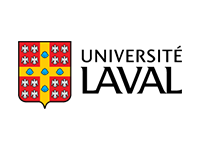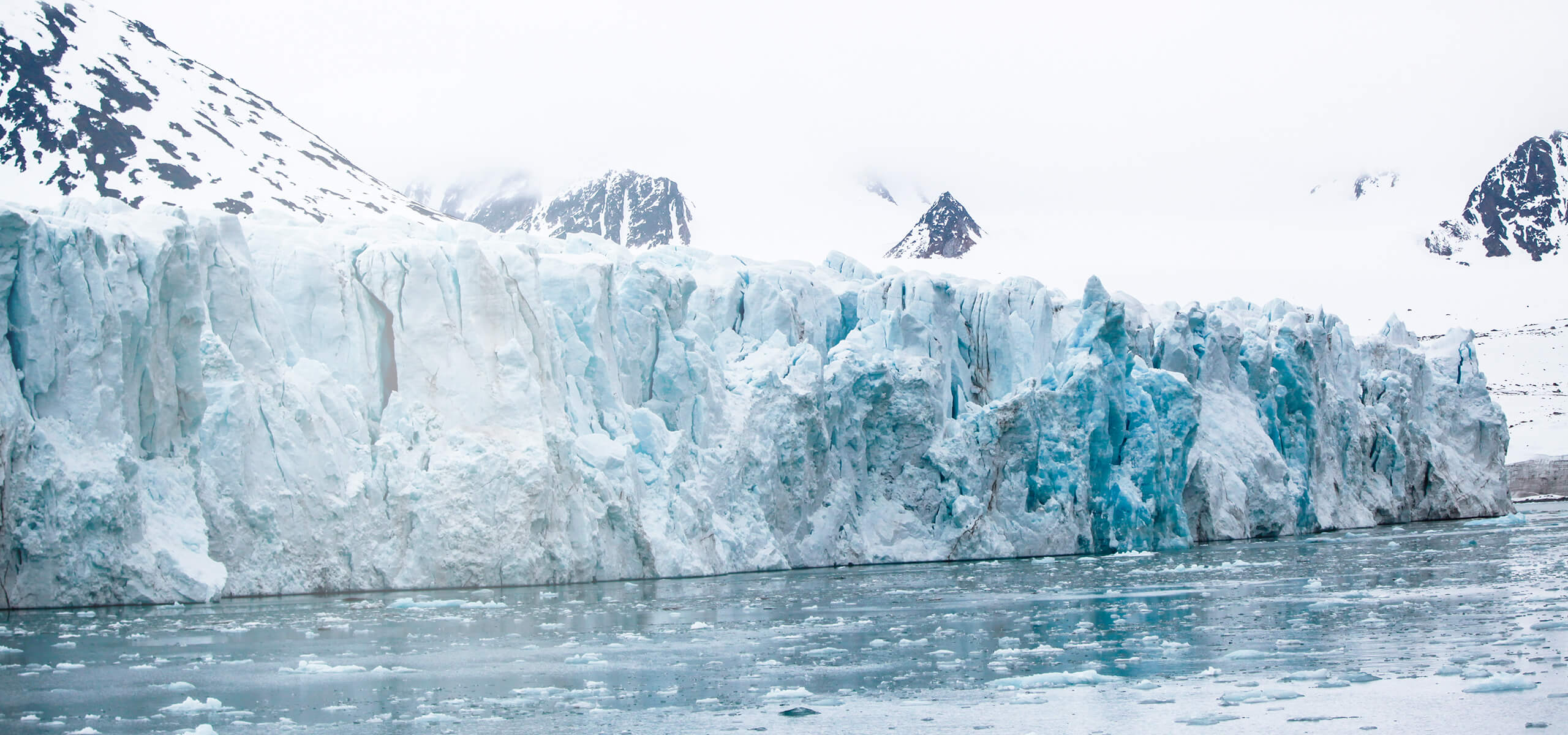Joint Call : UiT The Arctic University of Norway / Université Laval
Joint Call for Research Proposals
Supported by UiT The Arctic University of Norway (UiT) and
Sentinel North/Université Laval (SN/ULaval)
 |
 |
 |
1. BACKGROUND
As the leading Arctic research universities in their respective countries, UiT The Arctic University of Norway (UiT) and Université Laval (ULaval) have a long history of collaboration. Researchers from each institution have been cooperating through research projects, student exchanges, participation in international research expeditions on each other’s research vessels or terrestrial field stations, and organization of large international Arctic conferences. A Memorandum of Understanding (MoU) encouraging collaborations between the two institutions was first signed in 2009, renewed in 2014 and again in 2018 during the international Outreach Cruise hosted by UiT. As part of this latest MoU, both institutions have dedicated seed funding for a joint call for research proposals as a concrete approach to strengthen and diversify their cooperation in research and education. For ULaval, this joint call is launched as part of its Sentinel North (SN) research strategy.
Useful documents:
- Download a printer-friendly version of the call for proposal, including appendixes (.pdf, 162 Ko)
- Download the project proposal's budget form (.xlsx, 13 Ko). See section "8. Budget" of Appendix A.
2. CALL FOR PROPOSALS
In a context of international collaboration and of accelerating climate change and socio-economic development in the arctic and subarctic regions, UiT and ULaval solicit their respective research communities to join forces and submit joint proposals for concerted, transdisciplinary research projects that will incorporate new and emerging ideas and that will bring together the complementary expertise of both institutions and programs to carry out transformative research projects.
Eligibility
- The proposed research projects must fall within the scope of the Sentinel North conceptual framework and be aligned with UiT's strategy and priority areas.
- The proposed research projects must lead to new research ideas and collaborations between UiT and ULaval researchers. Co-applicants already working together or that have collaborated in the past, must clearly show that the project brings new ideas, partners, goals and collaborations.
- The project must be transdisciplinary in nature, including researchers from different fields.
- The project must include the training of graduate students and encourage student mobility, co-supervision and exchanges between the two institutions.
- Valuing diversity, ULaval and UiT invite all qualified individuals to apply, particularly women, members of visible and ethnic minorities, indigenous people and people with disabilities.
General guidelines
- Project duration can be one, two or three years.
- Projects will be co-funded by UiT and SN/ULaval, each bearing the expenses for their respective researchers and activities.
- The total amount of funding available for this collaborative effort over 3 years is 6 million NOK (or approx. 1 million CAD), with UiT and SN/ULaval each providing half of the funding.
- The maximum funding per selected project (sum of the funds from UiT and SN/ULaval) will be 450 000 NOK (approx. 75 000 CAD) per year, for a maximum of three years. Project leaders are encouraged to also apply for (or contribute) other external funding sources.
- Funds may be used to cover expenses for student grants, personnel mobility, operating costs, participation at conferences and seminars, joint workshops, access to research platforms, field work and laboratory-based research.
Application Process
- The joint call for proposals will be launched and advertised simultaneously by UIT and SN/ULaval.
- Project co-leaders from UIT and ULaval need to apply together by completing a single joint research proposal according to the proposal guidelines (Appendix A).
Evaluation process
- UiT and Sentinel North/ULaval strive to ensure that their decisions are fair and objective and that they are seen as such. The review is done according to the evaluation criteria (Appendix B) and the conflict of interest policy (Appendix C).
- A joint UiT-SN/ULaval review committee will make the final selection and funding decisions.
Timeline
- Call for proposals: 15 October 2018
- Application deadline: 18 February 2019
- Review process finalised, and applicants informed: 22 March 2019
- Project start-up: 01 April 2019

